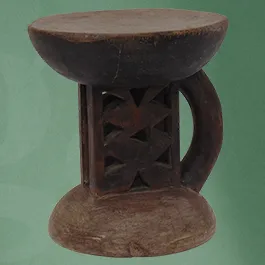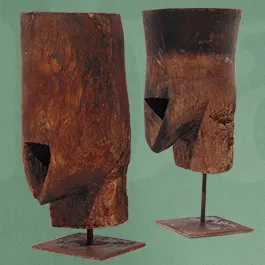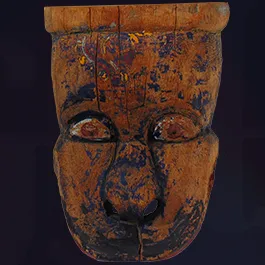The Naga People
Naga tribes
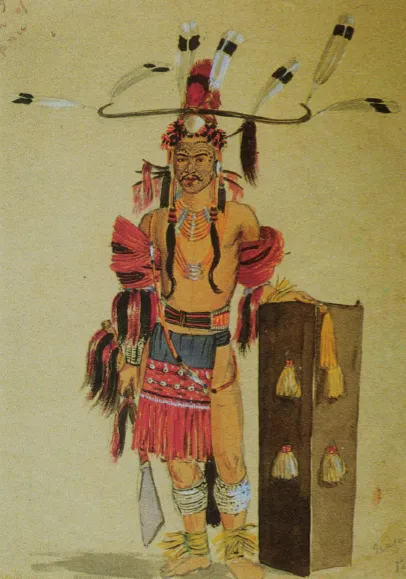
Who are the Naga People?
The Naga people are a group of tribes inhabiting the Naga Hills of Nagaland state in Northeastern India. They include more than 20 tribes of mixed origin, varying Cultures , and very different physiques and appearances. The numerous Naga languages (sometimes classified as dialects) belong to the Tibeto-Burman group of the Sino-Tibetan language family. Almost every village has its own dialect; different groups of Nagas communicate in broken Assamese (Nagamese), or sometimes in English and Hindi. The largest tribes are the Konyaks, Aos, Tangkhuls, Semas, and Angamis.
Most Nagas live in small villages strategically placed on hillsides and located near water. Shifting cultivation (jhum) is commonly practiced, although some tribes practice terracing. Rice and millet are staples. Manufactures and arts include weaving (on simple tension looms) and wood carving. Naga fishermen are noted for the use of intoxicants to kill or incapacitate fish.
Last headhunters of India
Tribal organization has ranged from autocracy to democracy, and power may reside in a council of elders or tribal council. Descent is traced through the paternal line; clan and kindred are fundamental to social organization.
The Konyak warrior tribe is one of the many Naga tribes. But what sets them apart from the rest of the tribes of this Northeastern Indian state is their fierce headhunting history, which was part of their strong warrior tradition. Territorial conflicts between rival tribes and villages were resolved through warfare and Konyaks were feared for their headhunting skills – they beheaded their enemies and brought back the severed heads as trophies in a specially designed basket that they carried to the battles. They continued with this tradition until 1960 when Indian Government banned this practice.
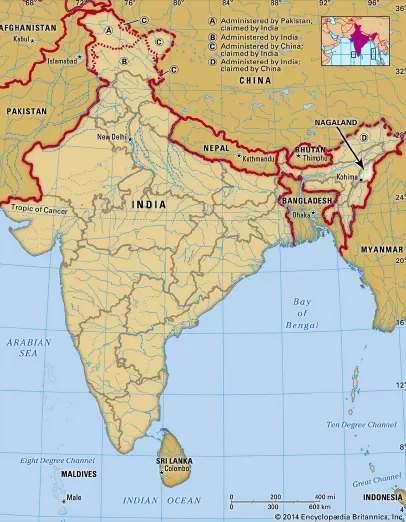
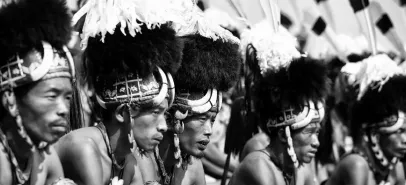
Despite this practice being officially over, Nagaland still remains a restricted area by the Indian Government and can only be accessed with authorization and protection of the Indian Military.
Despite globalization, the Naga people remain isolated, they continue their religious and cultural practices and cherish their extraordinary rich traditions.



